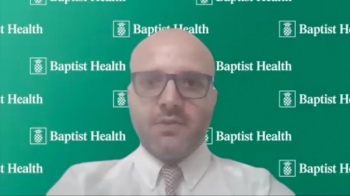
Opinion|Videos|October 4, 2024
Patient Subgroup Outcomes with GPRC5D Bispecifics
Panelists discuss how certain patient subgroups, such as those with high-risk cytogenetics or extramedullary disease, may experience different outcomes with GPRC5D bispecific therapies, though more data is needed to draw definitive conclusions about subgroup-specific responses.
Advertisement
Episodes in this series

- Have any patient subgroups demonstrated notably different outcomes with these GPRC5D bispecific therapies?
Newsletter
Stay up to date on recent advances in the multidisciplinary approach to cancer.
Advertisement
Latest CME
Advertisement
Advertisement
Trending on CancerNetwork
1
FDA OKs Subcutaneous Daratumumab in High-Risk Smoldering Multiple Myeloma
2
How ADCs are Replacing Chemotherapy as Breast Cancer Treatment
3
Neoadjuvant Nivolumab/Ipilimumab Shows Superior EFS in Resectable Melanoma
4
What Were The Most Impactful GU Oncology Data From ESMO 2025?
5



![“[This approval] will be a quite dramatic change in our philosophy and practice in multiple myeloma," according to Joseph Mikhael, MD, MEd, FRCPC, FACP, FASCO.](https://cdn.sanity.io/images/0vv8moc6/cancernetwork/3cab3ada4c023b68c118240a512e31d72a7f931b-1200x628.png?w=350&fit=crop&auto=format)















































































